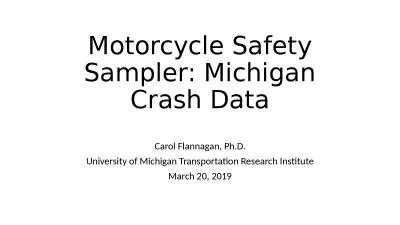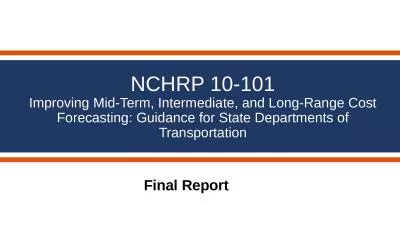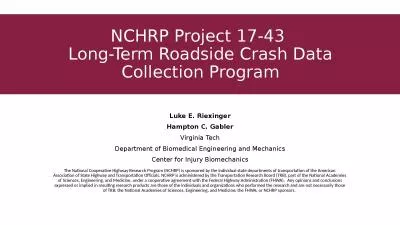PPT-NCHRP Project 17-72 Update of Crash Modification Factors for the Highway Safety Manual
Author : cecilia | Published Date : 2023-06-21
1 University of North Carolina Highway Safety Research Center Vanasse Hangen Brustlin Kittelson and Associates Bhagwant Persaud Craig Lyon Project Team University
Presentation Embed Code
Download Presentation
Download Presentation The PPT/PDF document "NCHRP Project 17-72 Update of Crash Modi..." is the property of its rightful owner. Permission is granted to download and print the materials on this website for personal, non-commercial use only, and to display it on your personal computer provided you do not modify the materials and that you retain all copyright notices contained in the materials. By downloading content from our website, you accept the terms of this agreement.
NCHRP Project 17-72 Update of Crash Modification Factors for the Highway Safety Manual: Transcript
Download Rules Of Document
"NCHRP Project 17-72 Update of Crash Modification Factors for the Highway Safety Manual"The content belongs to its owner. You may download and print it for personal use, without modification, and keep all copyright notices. By downloading, you agree to these terms.
Related Documents

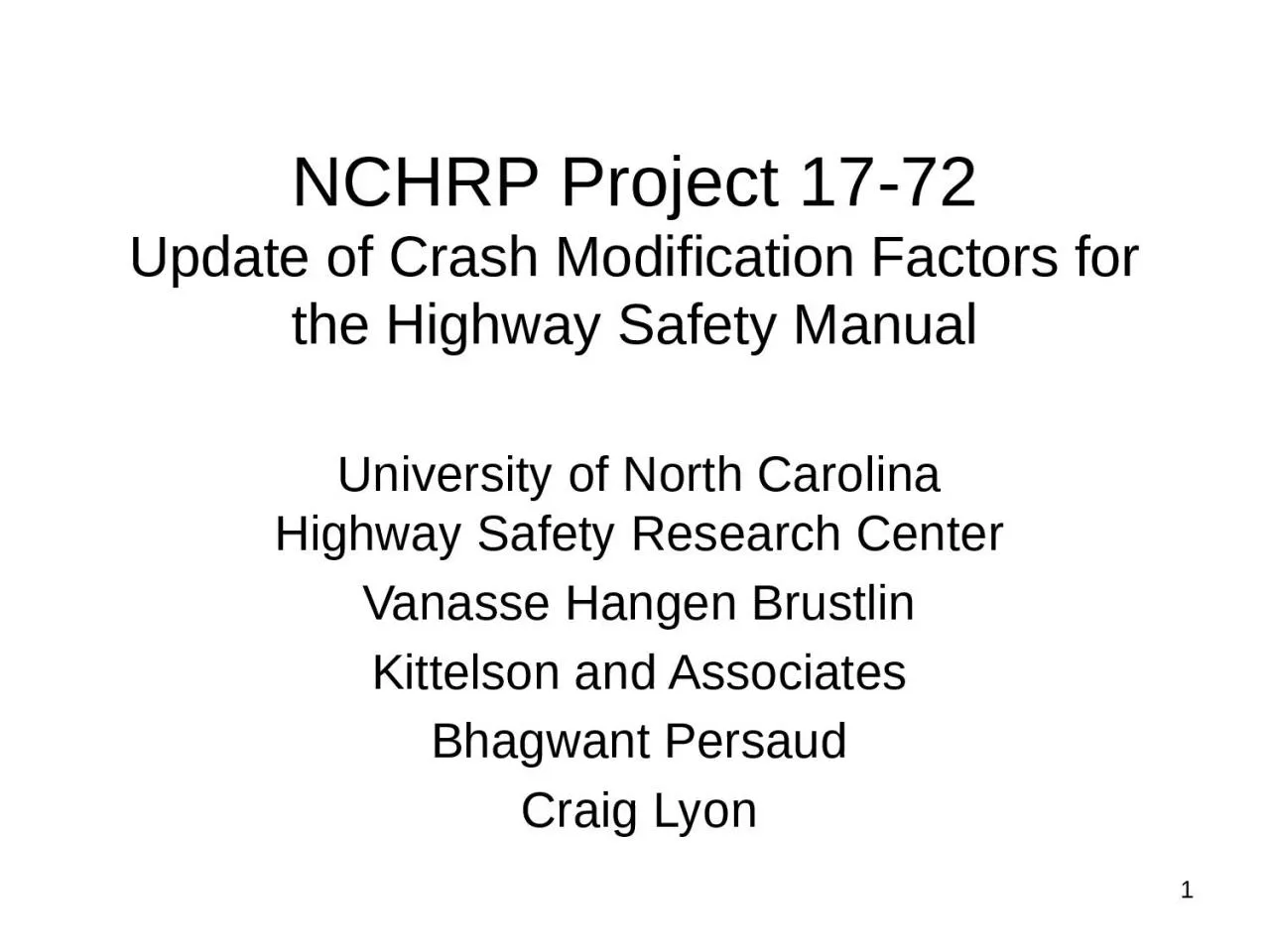

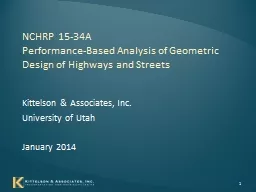

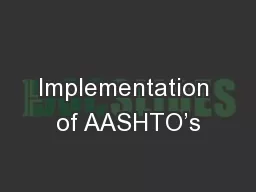
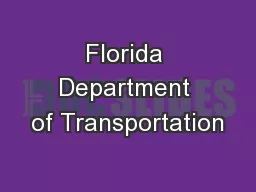
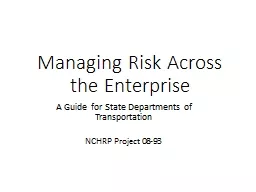
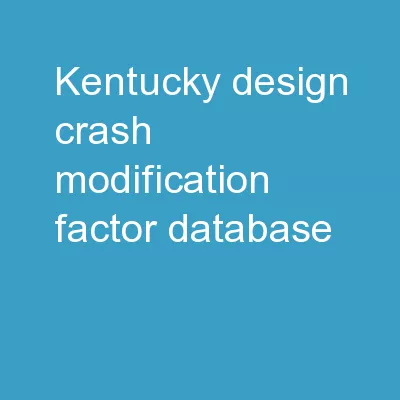
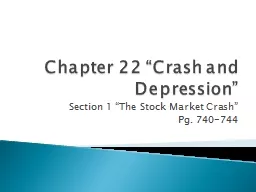
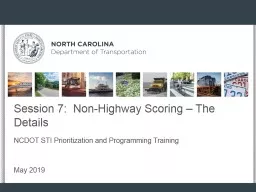
![[READ]-Fortran Crash Course + Hacking + Android Crash Course + Python Crash Course + XML](https://thumbs.docslides.com/972403/read-fortran-crash-course-hacking-android-crash-course-python-crash-course-xml-crash-course-hacking-xml-python-android-book-2.jpg)
